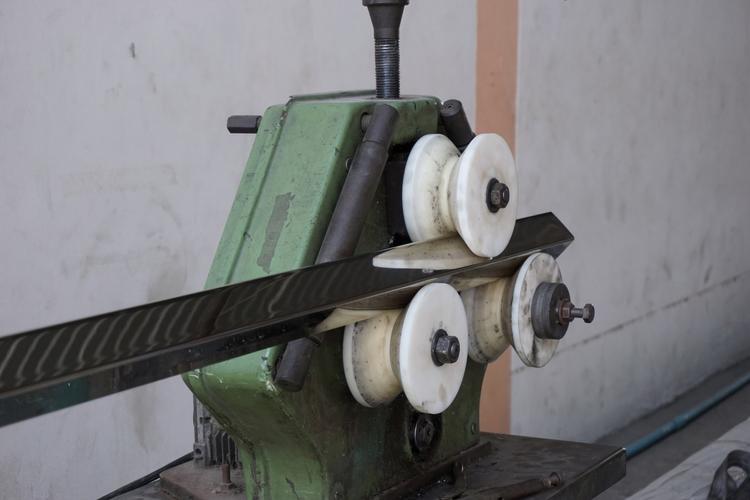
Metal bending is a fascinating craft that has found its application in various industries, including metal fabrication in Dubai and throughout the UAE. This blog post aims to delve into the intricate world of metal bending, shedding light on important factors to consider and highlighting key techniques that play a vital role in achieving successful bends.
Understanding Metal Bending
Metal bending is a specialized process that involves manipulating metal sheets or bars to create desired shapes or angles. It requires a deep understanding of the properties and behavior of different metals, as well as advanced tools and techniques. Whether you are a professional metal fabricator or an enthusiast, it is crucial to grasp the fundamentals of metal bending before embarking on any project.
Factors to Consider in Metal Bending
1. Material Selection: Different metals possess varying levels of malleability and resistance to bending. Factors such as thickness, hardness, and composition should be taken into account when selecting the appropriate metal for bending.
2. Bend Radius: The bend radius refers to the minimum radius that a metal sheet or bar can be bent without causing cracks or deformations. It is crucial to determine the optimal bend radius for your specific project to ensure structural integrity and aesthetic appeal.
3. Tooling and Machinery: Metal bending requires specialized tooling and machinery, such as press brakes, rollers, or mandrels, depending on the complexity of the bends. Understanding the capabilities and limitations of these tools is essential for achieving precise and consistent results.
Techniques for Successful Metal Bending
1. V-Block Bending: This technique involves using a V-shaped block and applying force to bend the metal around it. It is commonly used for creating sharp angles or bends in relatively thin metal sheets.
2. Air Bending: Air bending involves applying force to the metal sheet using a press brake, without directly touching the material. By controlling the depth and angle of the bend, complex shapes and curves can be achieved with precision.
3. Roll Bending: Roll bending utilizes rollers to gradually shape the metal into a curve. It is commonly employed for creating cylindrical or conical structures, such as tubes or pipes.
Sheet Metal Bending Works in Dubai
Mastering the art of metal bending requires technical knowledge, skill, and experience. In cities like Dubai, where innovative architectural and industrial projects thrive, sheet metal bending works play a vital role in shaping functional and decorative metal components. From selecting the right materials to employing advanced bending techniques, professionals in Dubai ensure high-quality results that meet modern design and construction standards.
By understanding factors such as material properties, bend radius, and appropriate machinery, metal fabricators in Dubai and beyond can deliver exceptional outcomes for various applications, showcasing both precision and creativity.
